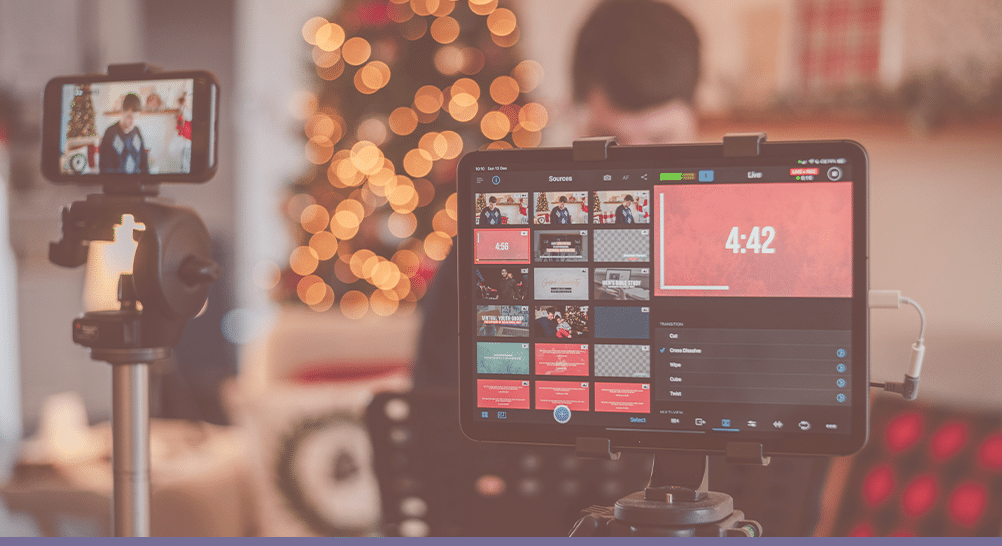In 2022 two internet personalities Logan Paul and KSI came together to form a sports drink to rival Gatorade: Prime Hydration. Using their platform of over 40M YouTube subscribers, they had instant access to a huge audience. Within one year, the duo had reached $250M in sales. Such is the power of livestream shopping.
In recent years, livestream shopping has emerged as a transformative force in the retail industry, leveraging the power of digital technology and real-time interaction to engage customers and drive sales. It involves airing live video broadcasts where hosts present and sell products and has gained immense popularity globally, particularly in Asian markets.
A few years ago, livestream shopping seemed to be at the forefront of retail conversations, and it has become a $512 billion dollar market in China, making sites such as Poshmark, eBay, and TikTok bullish about US possibilities. That said, with US adults, a mere 14% say they have made livestream purchases according to a recent Bizrate Insights survey, leaving many to wonder if the trend will ever catch on in the US with the same veracity as it has in Asia.
Challenges and future outlook
Livestream shopping is ushering in a new era of retail, revolutionizing the way customers interact with products and make purchasing decisions. Its effectiveness in increasing sales, expanding customer reach, enhancing engagement, and incorporating personalization highlights its impact on the retail landscape.
Which begs the question, why has its appeal in the US been so tepid to date? Some suggest answers as simple as it being too boring while others believe it has failed to generate the same FOMO (fear of missing out) that captured Asian audiences. Many won’t set time aside to buy a product at a regular price, but they might set time aside to buy a popular item at a markdown; however, finding the right product, the right price, and the right online personality have yet to appeal to those leery about online shopping or too busy to care. One way retailers could better identify customer sentiment is by A/B testing with customers.
Effectiveness in increasing sales
Many believe livestream shopping in the US still holds promise. Retailers such as Macy’s have started to build an audience with their livestreams, and those early initiators such as Macy’s may be on to something — and may be the ones to benefit most in the long run.
Livestream shopping has proven to be highly effective in increasing sales in some arenas. One of the key reasons for this is the real-time engagement it offers. During livestreams, hosts can demonstrate products, answer questions, and provide additional information, effectively eliminating the barriers to purchase. This immediate interaction can lead to impulse buying, creating a sense of urgency and excitement that drives higher conversion rates.
Additionally, the sense of trust and authenticity built during livestreams can influence purchasing decisions. Customers get to see real people interacting with products, which can be more persuasive than static images or text descriptions. This trust factor contributes to the effectiveness of livestream shopping in increasing sales.
Expanding customer reach
Livestream shopping also proves effective in expanding a retailer’s customer base. Livestream platforms are accessible to a global audience, allowing retailers to reach potential customers beyond their physical locations. This global reach can lead to increased brand exposure, helping small and medium-sized businesses compete on a broader scale.
Moreover, livestream shopping’s social component is significant. Viewers often share livestreams with friends and followers on social media platforms, extending the retailer’s reach even further. This word-of-mouth marketing is a powerful tool for growing the customer base.
Enhancing customer engagement
The interactive nature of livestream shopping significantly enhances customer engagement. Viewers can ask questions, make requests, and provide feedback, creating a sense of participation and community. Hosts can respond in real-time, making customers feel valued and heard. This level of engagement fosters a deeper connection between the brand and its customers.
Livestream shopping also allows for gamification elements, such as interactive polls, giveaways, and limited-time discounts. These features can add an element of fun and excitement to the shopping experience, keeping customers engaged and returning for future livestream events.
Incorporating personalization
Livestream shopping can incorporate personalization, tailoring product recommendations and content to individual viewers. By analyzing customer data and behavior, retailers can provide more relevant and appealing products during livestreams, increasing the chances of conversion. This personal touch enhances the overall shopping experience, making customers feel like the retailer understands their preferences.
The hurdles to win over US viewers are not small, but if they can be achieved, the potential for livestreams to generate revenue, brand awareness, and customer loyalty remains high. Wanna know how livestreaming can impact in-store purchases? Consider A/B testing on a customer level. Learn how here.




